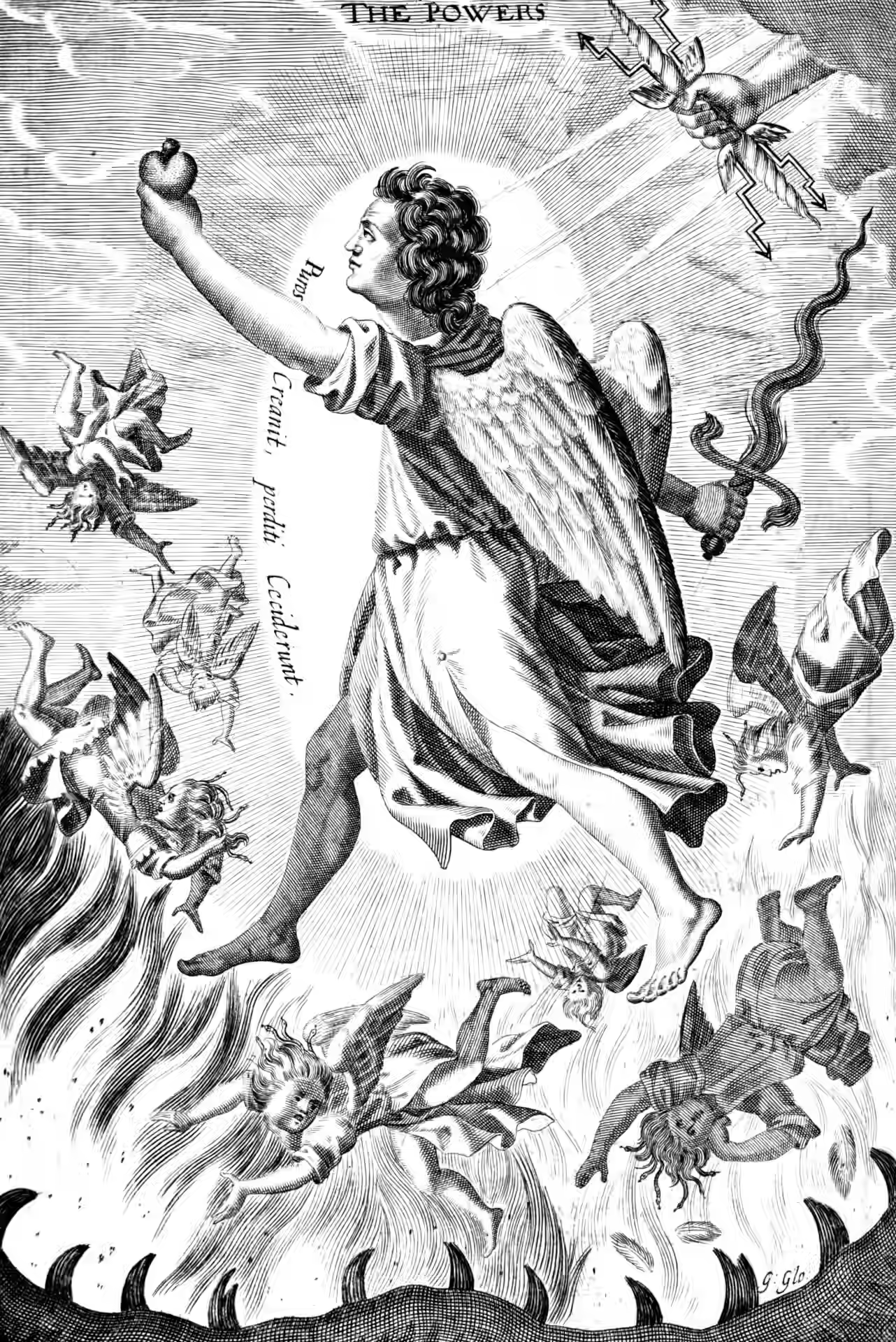Models of inequity
Sharpening the fuzzy process of bias, discrimination and inequity
2017-08-13 — 2025-05-21
Wherein agent-based simulations of the glass‑ceiling, game-theoretic coordination failures, cumulative‑disadvantage mechanisms, and proposed remedies such as quotas and sponsorship are catalogued.
Assumed audience:
People with an interest in evidence-backed interventions to improve equity, in the west generally, especially technical workplaces
Scrapbook to collect various models of how inequity on various axes arises and is maintained. Having models for this is a good idea; otherwise, we merely guess what we can change, what we cannot, and what the trade-offs are, guided by feelings. Yet our feelings need help, and a just society is too important to run on vibes alone.
This is a big area. Maybe start at Mariani et al. (2024).
1 Game-theoretical models
Cailin O’Connor’s The Origins of Unfairness: Social Categories and Cultural Evolution (O’Connor 2019).
Hilbe’s inequality model (Hauser, Hilbe, et al. 2019) is another (?) game-theoretic model of the difficulties of coordinating in an unequal society.
Possibly related: collective action.
2 Cumulative disadvantage
Matthew effect, tournament mobility models, etc. Models that accumulate small disadvantages over time, leading to large divergences.
Du, Nordell, and Joseph (2021) is one model of how gendered the promotion pathway is for non-obvious reasons:
The term glass ceiling is applied to the well-established phenomenon in which women and people of colour are consistently blocked from reaching the upper-most levels of the corporate hierarchy. Focusing on gender, we present an agent-based model that explores how empirically established mechanisms of interpersonal discrimination coevolve with social norms at both the organisational (meso) and societal (macro) levels to produce this glass ceiling effect for women. Our model extends our understanding of how the glass ceiling arises, and why it can be resistant to change. We do so by synthesising existing psychological and structural theories of discrimination into a mathematical model that quantifies explicitly how complex organisational systems can produce and maintain inequality. We discuss implications of our findings for both intervention and future empirical analyses, and provide open-source code for those wishing to adapt or extend our work.
Their model auditions various, apparently-individually-minor, points of adverse gender discrimination and finds that the overall result is large divergence between genders. This is a stylised model, but it matches my understanding of the world well.
Why am I mentioning this here? Because it characterises an important dynamic that is often under-addressed in workplace equity arguments and seems to be under-addressed in favour of getting sidetracked with other stuff that doesn’t necessarily help so much.
TODO: How to address cumulative disadvantage models best? Quotas, formal sponsorship, etc?
- Matthew effect
- Cumulative inequality theory
- Michele Coscia, Meritocracy vs Topocracy [@
2.1 Mathematisation
Tanya Khovanova’s Mathematical Model for Gender Bias in Mathematics. This is very simple but gets straight to the heart of one of the challenges of quota systems.
Clifton et al. (2019) promote a minimum viable version of this:
Here, we present a minimal mathematical model that reveals the relative role that bias and homophily (self-seeking) may play in the ascension of women through professional hierarchies. Unlike previous models, our novel model predicts that gender parity is not inevitable, and deliberate intervention may be required to achieve gender balance in several fields. To validate the model, we analyse a new database of gender fractionation over time for 16 professional hierarchies. The decreasing representation of women at increasing levels of power within hierarchical professions has been called the “leaky pipeline” effect, but the main cause of this phenomenon remains contentious. Using a mathematical model of gender dynamics within professional hierarchies and a new database of gender fractionation over time, we quantify the impact of the two major decision-makers in the ascension of people through hierarchies: those applying for promotion and those who grant promotion. The model is the first to demonstrate that intervention may be required to reach gender parity in some fields.
2.2 Empirical
Crystal, Shea, and Reyes (2017)
3 Conflict theoretic
Inequality between groups arises because groups can coordinate to capture more resources for themselves at the expense of another group. See conflict theory.
I’m not terribly excited by conflict theoretic models. It’s not that they are wrong: overt oppression and explicit collusion is real. I know because I have done it.
However, our cognitive biases are such that we are all, constantly, amply alive to this phenomenon. Our whiskers are constantly twitching as we try to sense spoor of others ganging up on us. I’m reasonably sure we collectively resort to that explanation too often already, when there are other factors at play. The world doesn’t need a notebook of models about how THEY are out to get US, because we all already have that notebook in the back of our minds.
4 Genetic disparities
Yep, also a factor, but I do not have much interesting to add about this one right now. See psychometrics for some arguments about IQ and other cognitive abilities, if you are into that.
5 Incoming
Cosma Shalizi’s amazing Statistics of Inequality and Discrimination, Fall 2022
Matt Bruenig, Equality and Equity
“Equity” is not used to promote any particular unit of equality — whether outcomes, opportunities, boxes, sightlines, luck-adjusted outcomes, primary goods, income, wealth, or capabilities — but is instead a word that you invoke any time you object to the unit of equality someone else is using, regardless of what, if any, your preferred alternative unit of equality is.
